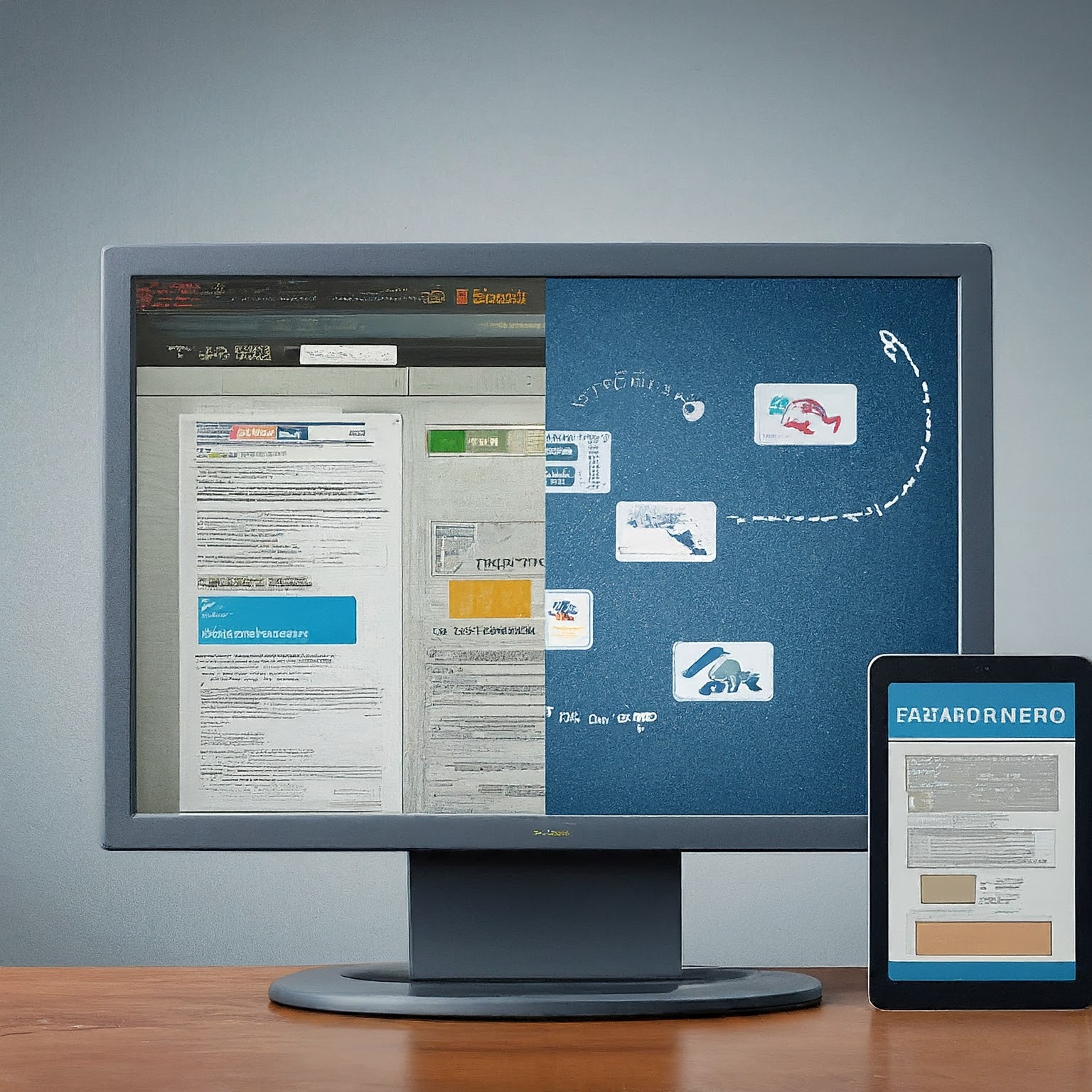Headless CMS vs Traditional CMS Platforms: Legacy Systems or Cutting-Edge Backend?
 Divyesh Birawat
Divyesh Birawat
In the continually evolving landscape of content management, organizations are persistently seeking the most efficient methodologies to distribute content across various channels. This pursuit has elevated two distinct types of Content Management Systems (CMS) to prominence: Traditional CMS and Headless CMS. Each system fulfills unique functions, offering specific advantages and limitations. This blog meticulously examines the technical distinctions between these two CMS architectures and evaluates their relevance in the contemporary backend ecosystem.
Deep Dive into Traditional CMS
What is a Traditional CMS?
A Traditional CMS, also known as a monolithic or coupled CMS, integrates both the front-end and back-end of a website. Notable examples include WordPress, Drupal, and Joomla. In a Traditional CMS, the content creation, storage, and presentation layers are tightly intertwined, providing a unified environment for users to manage and publish content.
Advantages of Traditional CMS
Intuitive User Interfaces: Designed with non-technical users in mind, traditional CMS platforms typically feature user-friendly interfaces and WYSIWYG editors.
Comprehensive Ecosystem: These platforms offer a complete package, including themes, templates, plugins, and integrated content management tools.
Robust Community Support: Established platforms boast extensive communities, facilitating easy access to support, plugins, and themes.
Limitations of Traditional CMS
Restricted Flexibility: The tight coupling of front-end and back-end makes significant modifications to the presentation layer challenging.
Scalability Constraints: Traditional CMS platforms can struggle with high traffic volumes and large amounts of content.
Performance Bottlenecks: The monolithic architecture can result in slower page load times compared to decoupled or headless systems.
Exploring Headless CMS
What is a Headless CMS?
A Headless CMS decouples the back-end content management system from the front-end presentation layer. Content is stored and managed in the back-end and delivered via APIs to any front-end framework or device. Examples of headless CMS include Contentful, Contentstack, Strapi, Sanity etc.
Advantages of Headless CMS
Development Flexibility: Developers can leverage any front-end technology (NextJS, React, Angular, Vue, etc.) to build customized user experiences.
Omnichannel Content Delivery: Content can be delivered to a multitude of platforms, including websites, mobile apps, and IoT devices, from a single source.
Enhanced Scalability and Performance: Headless CMS architectures are optimized for handling high traffic and large volumes of content, as the front-end can be independently optimized.
Limitations of Headless CMS
Increased Complexity: Setting up and managing a headless CMS requires a deeper technical understanding, which can be challenging for non-technical users.
Higher Initial Development Costs: Custom front-end development can be more time-consuming and costly.
Steeper Learning Curve: Teams need to adapt to managing content and presentation layers separately, necessitating additional training.
Legacy Systems vs. Cutting-Edge Backend: Evaluating the Evolution
Traditional CMS: The Legacy System
Traditional CMS platforms have been prevalent for decades and continue to hold significant market share due to their user-friendly nature and comprehensive features. However, in the context of modern web development, they are increasingly viewed as legacy systems. Their monolithic architecture can be limiting in an era where agility, flexibility, and performance are crucial.
Headless CMS: The Cutting-Edge Solution
Headless CMS represents the forefront of modern backend systems, aligning with contemporary development practices such as microservices architecture, API-first development, and omnichannel content delivery. They meet the needs of businesses aiming to provide a seamless and consistent user experience across multiple channels and devices.
Conclusion
Both Traditional CMS and Headless CMS have distinct roles in the content management landscape. Traditional CMS platforms are ideal for small to medium-sized businesses or individuals requiring a straightforward, all-in-one solution. Conversely, Headless CMS is better suited for enterprises and tech-savvy organizations needing flexibility, scalability, and the ability to deliver content across various platforms.
As technology advances, the distinction between legacy systems and cutting-edge solutions will continue to evolve. However, the shift towards headless architecture indicates a move towards more modular, adaptable, and future-proof content management systems. Selecting between a Traditional CMS and a Headless CMS should be based on specific needs, technical capabilities, and long-term content strategy.
Subscribe to my newsletter
Read articles from Divyesh Birawat directly inside your inbox. Subscribe to the newsletter, and don't miss out.
Written by

Divyesh Birawat
Divyesh Birawat
👨💻 Frontend Advocate | Tech Blogger | Dedicated to creating intuitive user experiences and optimizing web performance with ReactJS and Next.js. Let’s innovate and build exceptional applications together! 🚀